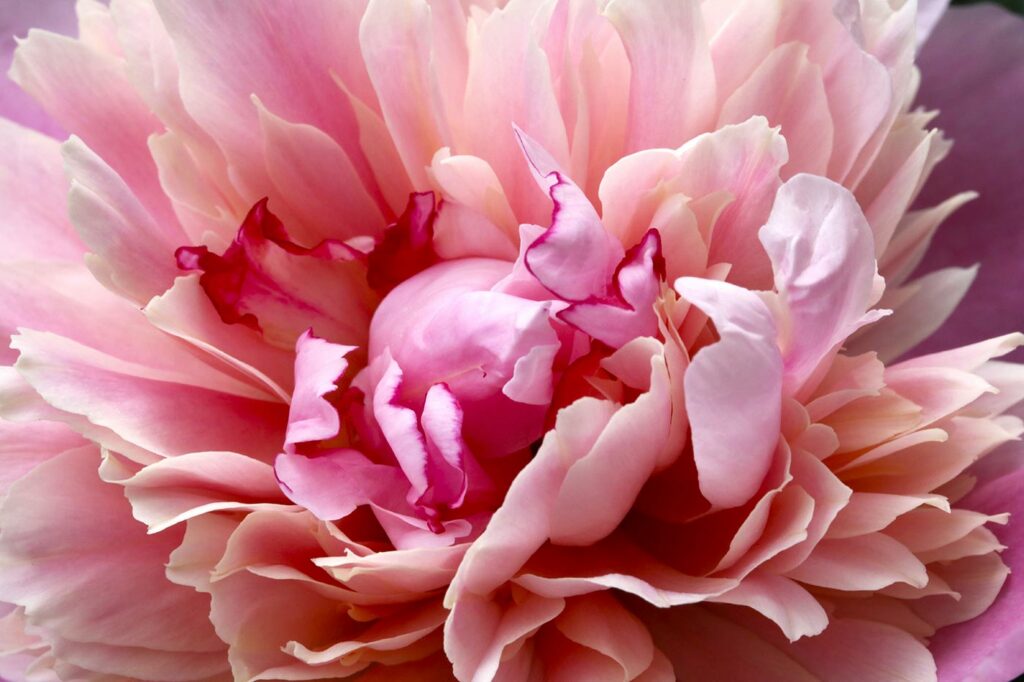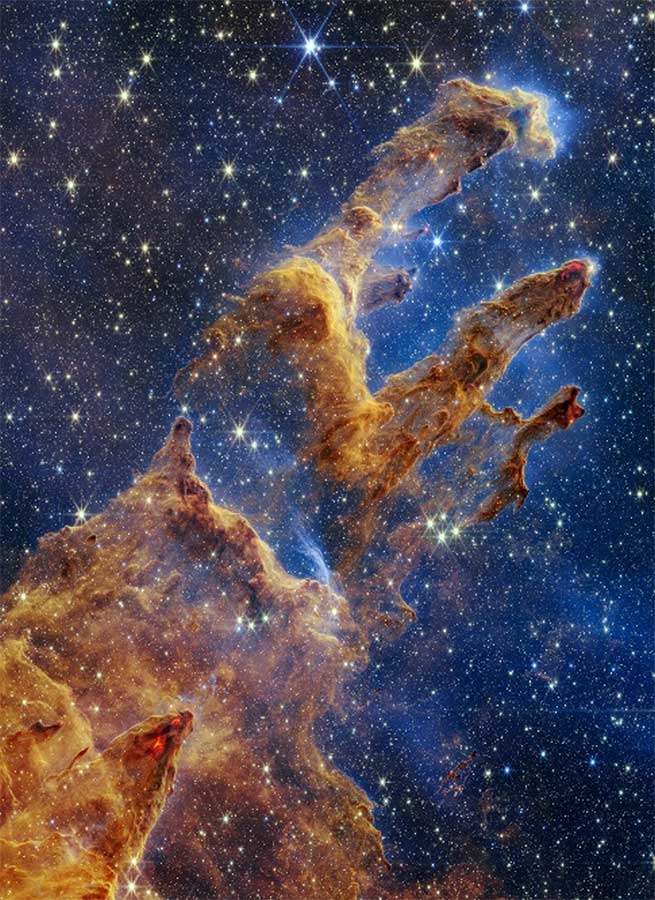The first time I looked at a peony through my macro lens, it was like looking into the universe through a spectacular, trailblazing telescope. I imagined this might be how astronomers and astrophysicists feel the first time they see a new constellation, galaxy — or the cusp of the universe.
The powerful Webb* telescope, with its capacity to look 13.6 billion light years distant, offers infinite views of space not accessible or seen before. When I make images with my macro lens, that view is an infinite botanical cosmos. Also, like Webb’s cosmic capacity, the macro lens allows me to see and photograph details of natural life not otherwise visible.
Since 2020, I’ve made nearly all of my images with a macro lens — the Canon EF-S 60mm f/2.8 Macro. This lens is my “Webb telescope.” Though I’ve primarily worked with this single lens for several years, it hasn’t limited me creatively. Instead, I’m inspired every time I look through it. When I see a flower, leaf or pod through that lens, I look into the heart of a mystery.

When I look at the Webb’s images, including the Pillars of Creation, my response is the same. It’s dazzling. Though the scope and scale of those pictures should make me feel infinitesimal relative to the vast cosmos, I don’t. Instead, I feel one with the universe.

It’s a privilege to be a part of something so extraordinarily beautiful — whether a galaxy or a leaf.
*NASA’s James Webb Space Telescope is a space telescope specifically designed to conduct infrared astronomy. Its high-resolution, high-sensitivity instruments allow it to view objects too old, distant or faint for the Hubble and other space telescopes. The Webb was launched on December 25, 2021, and the Pillars of Creation is a Webb image released on October 19, 2022. The Pillars of Creation is a small region within the vast Eagle Nebula and lies 6,500 light-years away.
-Wikipedia